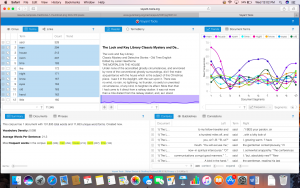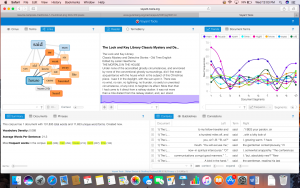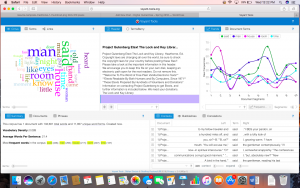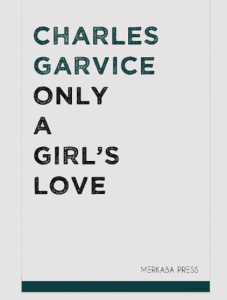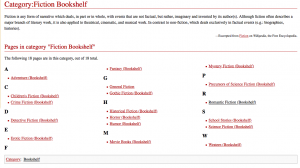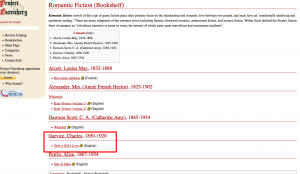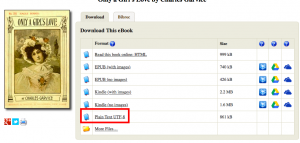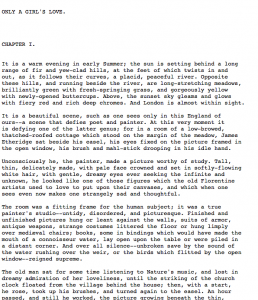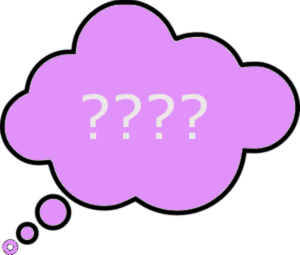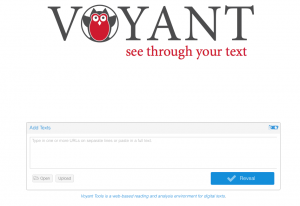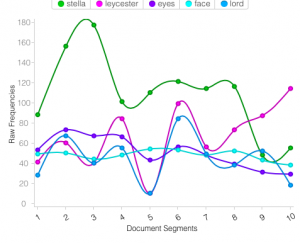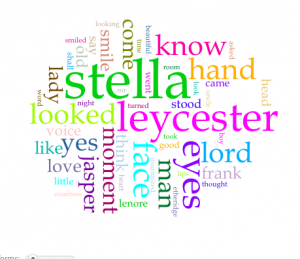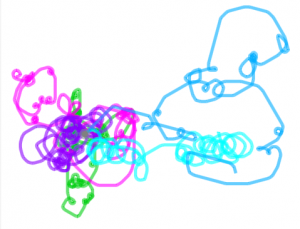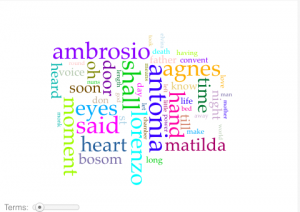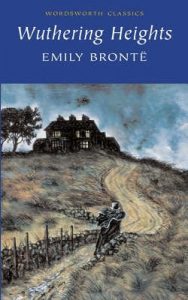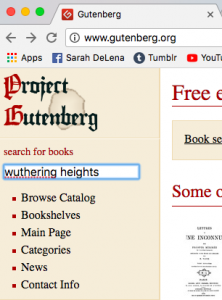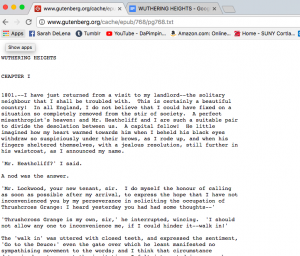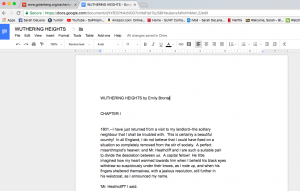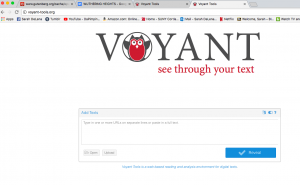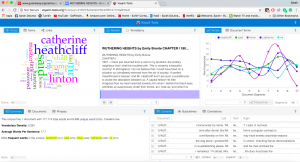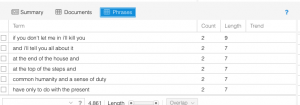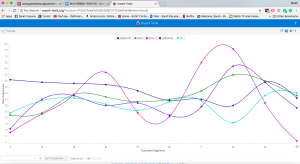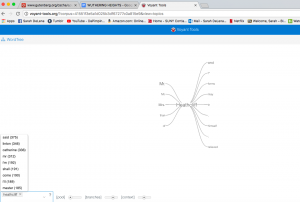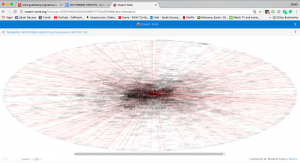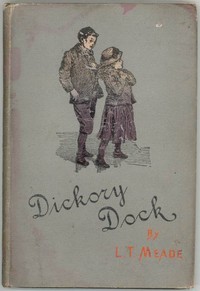
I have never read this book or heard of this author before, but because I’m going to school to become a 1st grade teacher I chose children’s fiction. If I had to make some assumptions about what this book could be about. I would say that this will be about children playing on a dock, maybe the Hickory Dickory nursing rhyme will be written in this text.
I think this will take place in England long ago. This is supposed to be geared towards children so I believe that this book will have some fantasy in it. I would expect the word “child”, “mama”, “dock”, “hickory” to appear frequently in this text.
The author is L. T. Meade and the genre is Children’s fiction. I predict that there will be some big conflict the children will have to overcome. There will be laughter, childishness and nurturing throughout this book.
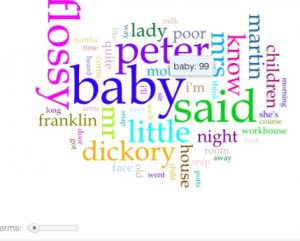
After using Voyant Tools, I now see that none of the words that I assumed would be in this text were correct. I also see that “baby” is a very popular word in this text, 99 times exactly. I don’t know exactly why “flossy” is used some much though, I assume that maybe it is someone’s name?
Using this program I think could be beneficial when looking at other types of text maybe? I’m not really into this program although I think its neat. I hope to learn more about why this kind of program is beneficial to me.
-Monique Walsh

